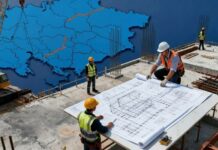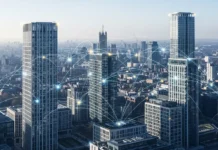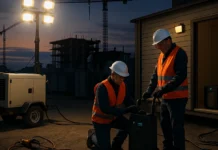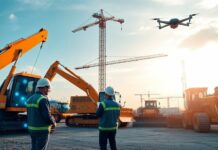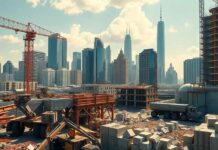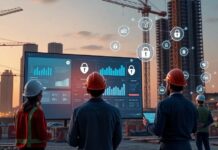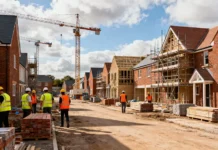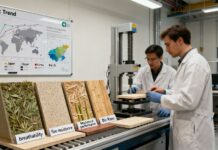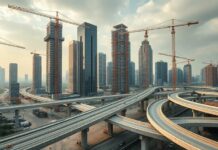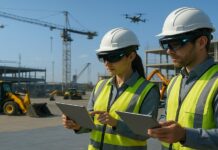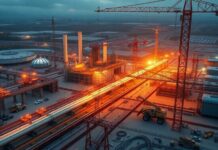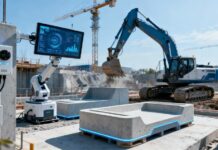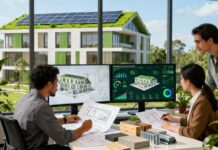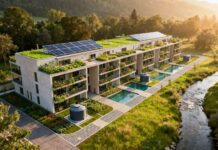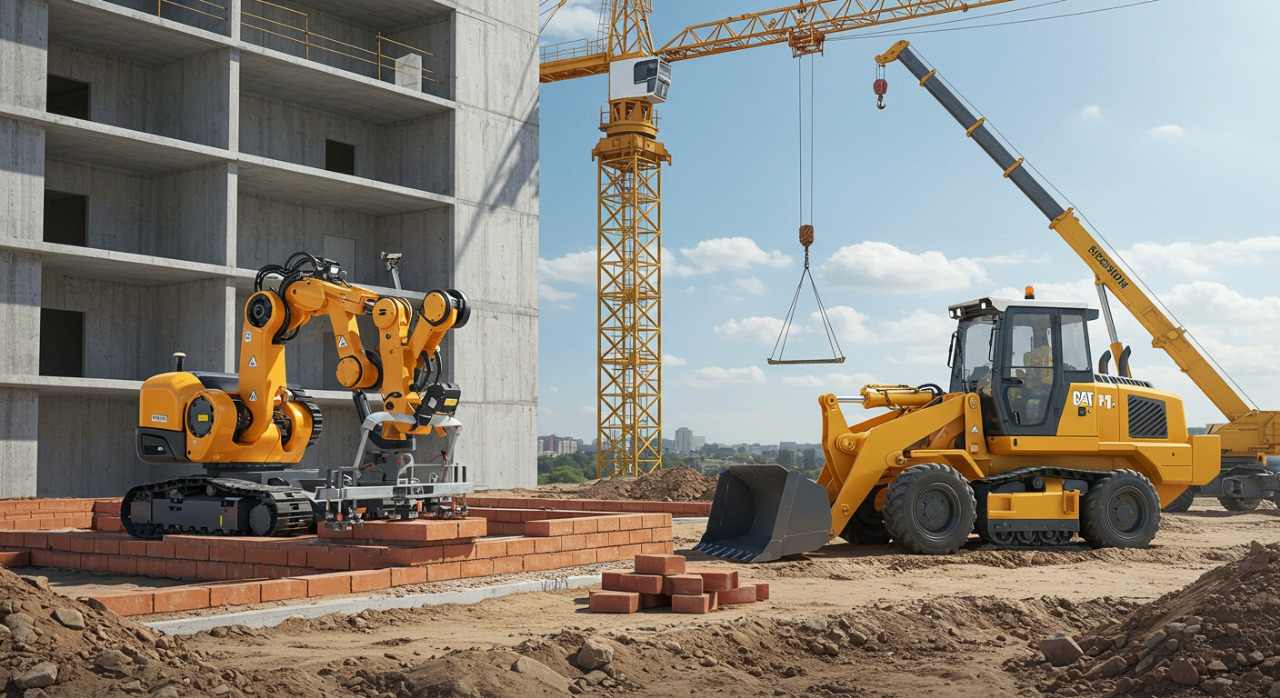The construction industry is on the cusp of a transformative era driven by rapid technological advancements, shifting economic landscapes, and evolving sustainability demands. As the world transforms into a more digital, greener, and more efficient world, the industry is paying attention to emerging trends to shape the sector for the next few years. Between 2025 and 2028, expect to see a re-alignment of global infrastructure to become increasingly sustainable and resilient, in line with these evolving trends.
Trends to Watch in Construction Industry
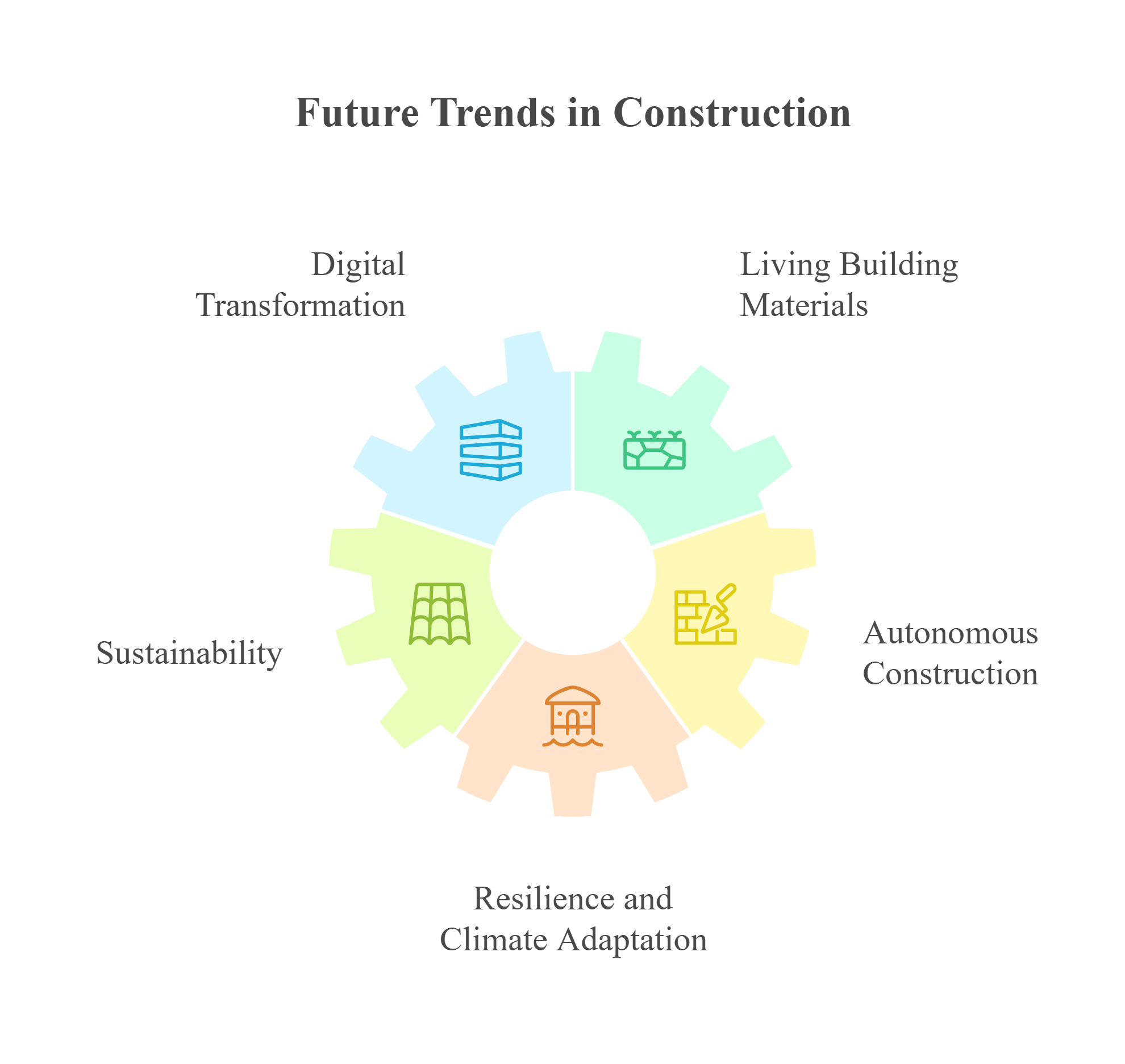 Embracing Digital Transformation for Smarter Construction
Embracing Digital Transformation for Smarter Construction
Digital transformation at the epicenter of construction sector development. Building Information Modeling (BIM), digital twins, and IoT devices are transforming project planning and execution. The incorporation of sophisticated software tools provides more accurate design, clash detection, and project scheduling, minimising errors and delays at a considerable cost.
By the year 2028, construction industry trends are expected to include some level of digital twin technology, through which buildings can be monitored in real-time during and after construction. This improvement is not just improving operational efficiency but also improving the level of safety as it facilitates proactive risk management using predictive analytics by anticipating risk barriers before they happen.
And there is also a growing number of installed IoT-sensors in construction materials and equipment all generating lots of data streams and tracked data streams, which will then be analyzed using AI-based analytics platforms to maximize resources, track equipment health, optimize logistics and ultimately reduce cost and project time for construction.
The use of the construction digital solutions market is going to expand due to the increased needs for mega infrastructure projects as well as smart city construction projects. This digital initiative will play a key role in establishing highly automated, data-driven construction sites with minimal human intervention.
- Living Building Materials in Construction
In building envelopes, living materials can regulate temperature and humidity by adjusting their porosity and albedo, reducing energy consumption. For example, bio-moss walls or algae-based coatings can absorb pollutants, produce oxygen, and improve air quality.
In structural components, self-healing bio-concrete and bio-bricks can autonomously repair cracks caused by stress or environmental damage, significantly extending the lifespan of buildings. This self-maintenance capability reduces lifecycle costs and minimizes the need for disruptive repairs.
Green roofs and bioswales made from living materials can effectively manage stormwater, mitigate urban heat island effects, and improve biodiversity within city landscapes.
By 2028, the adoption of living building materials will likely become a defining characteristic of sustainable architecture, fostering a new era where buildings are not static entities but dynamic, evolving organisms. Embracing this innovation will not only enhance construction resilience but also pave the way toward a regenerative, circular economy in the built environment—a future where architecture and ecology exist in symbiosis.
- Sustainability and Green Building Practices
Sustainable development is no longer a choice, but a requirement in future construction. Governments, investors, and customers want green buildings with less carbon. In 2028, sustainability will be the dominant building trend, as energy efficiency is developed with purpose, resources are sustainably sourced, and circular economy principles are put into action. New materials are being adopted much more with recycled composites, bio-based insulation, and low carbon concrete. Building configurations are also moving toward more passive solar architecture, integrated green roofs, and IoT sensor-driven energy management systems, to run building projects at maximum possible efficiencies while minimizing energy usage.
Large segments of the market are also witnessing an increase in green certifications like LEED and BREEAM that encourage sustainable behavior. Construction companies are also using digital technologies to model environmental effects at the initial stages of designing, allowing better-informed decisions and less waste.
The international market for green building products and energy-efficient systems will continue to grow indicating a definite industry shift towards sustainability-driven innovation. Investors and developers who emphasize green practices will realize increased valuation of assets and long-term cost savings.
- The Rise of Autonomous and Robotic Construction
Automation and robotics are transforming construction sites into highly efficient, safe, and capable environments. From autonomous bulldozers to robotic bricklayers, technology is cutting down the reliance on human labor while increasing accuracy.
Self-operating equipment is already expected and will very likely be enabled by AI, machine learning, and sensors. Robotic equipment with Lidar and computer vision can also be able to conduct site surveys, transport materials, and perform highly intelligent assembly operations that were previously completed by a qualified trade.
This trend solves major industry issues like labor shortages, safety hazards, and the desire for accelerated completion of projects. For instance, robotic systems do not get tired and can work round the clock, shortening project duration. Safety also increases greatly when robots execute dangerous jobs, reducing accidents to a bare minimum.
The implementation of autonomous systems and digitized construction platforms will improve productivity and reduce operating costs while allowing for a collaborative, task driven, real-time trackable environment uniting seamlessly with an ecosystem.
- Focus on Resilience and Climate Adaptation
Resilience and climate adaptation in relation to climate-based disasters, extreme weather events are becoming more frequent, adding further rationale for resilient construction. Buildings and infrastructure must contend with floods, hurricanes, extreme heat and cold (physical elements principles of climate) especially under conditions in environmentally sensitive situations.
Resilient design will probably be an increasingly practiced idea in the sector from 2025 to 2028. Resilient design could relate to high performing materials, adaptable or flexible structures, as well as adaptive intelligent systems that may read environmental criteria and engage in adaptations based on climatic changes. Engineers will be able to simulate climate effects on buildings years before construction using digital tools, which will make it easier to make more resilient design decisions.
Additionally, the development of resilient infrastructure will be spurred by government regulation and insurance policies that reward climate-proofing. The delivery of renewable energy sources, water management systems, and smart disaster response systems will also be critical components found in future approaches. Resilient infrastructure solutions will have a growing global market driven by regulatory requirements and the need to mitigate climate risk to protect their investments.
Conclusion
We are experiencing a transformative time in the construction sector amid a period of rapid change through technology, sustainability, automation, and resilience. From 2025 to 2028, these construction industry trends will define a future where buildings and infrastructure are smarter, greener, and more responsive to changing environmental and social needs. The approach of adopting digital transformation, modular, sustainable, automation and resilience will add depth to project delivery and place leaders at the forefront of a fast-changing industry.
Those investors, developers, and contractors who acknowledge and respond to these trends today will be best positioned to seize future opportunities to continue to help the construction industry develop sustainably and efficiently over the next few decades. During the evolving years of the decade we are in, the future of the industry is increasingly using innovation, consideration for resilience and climate adaptation, and environmental consciousness, accompanied by the digital age, to build a better world.



